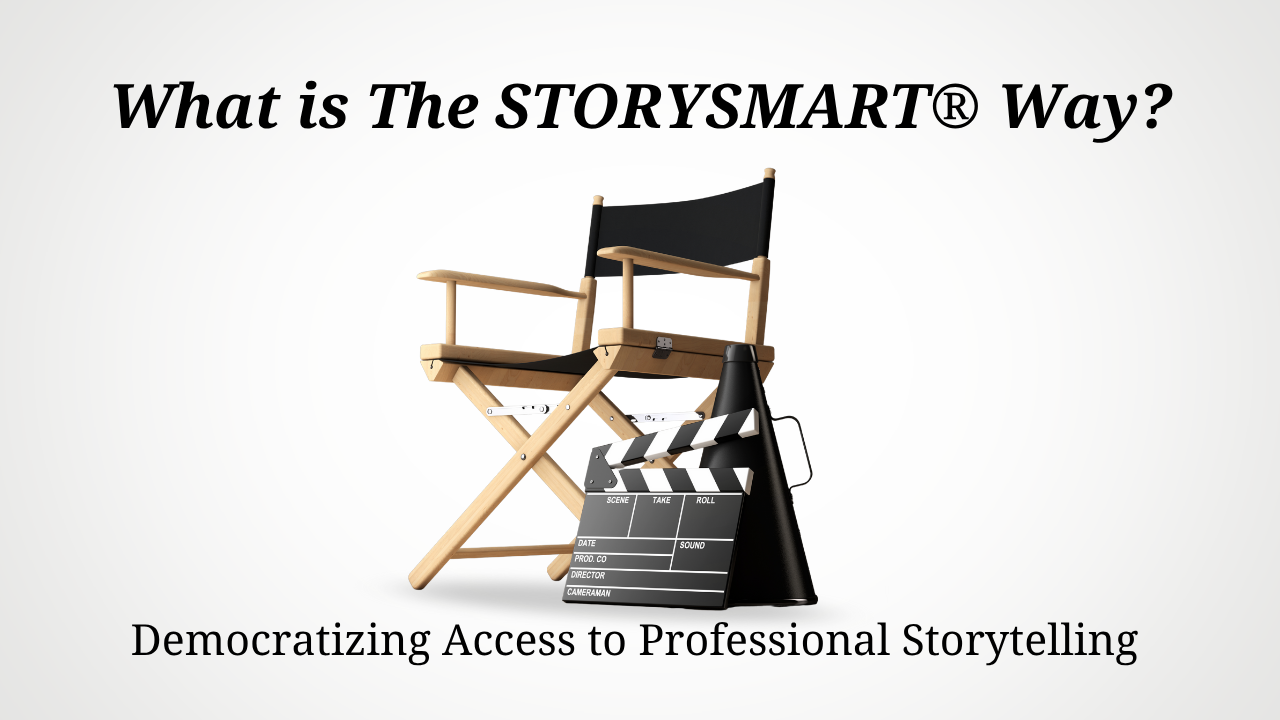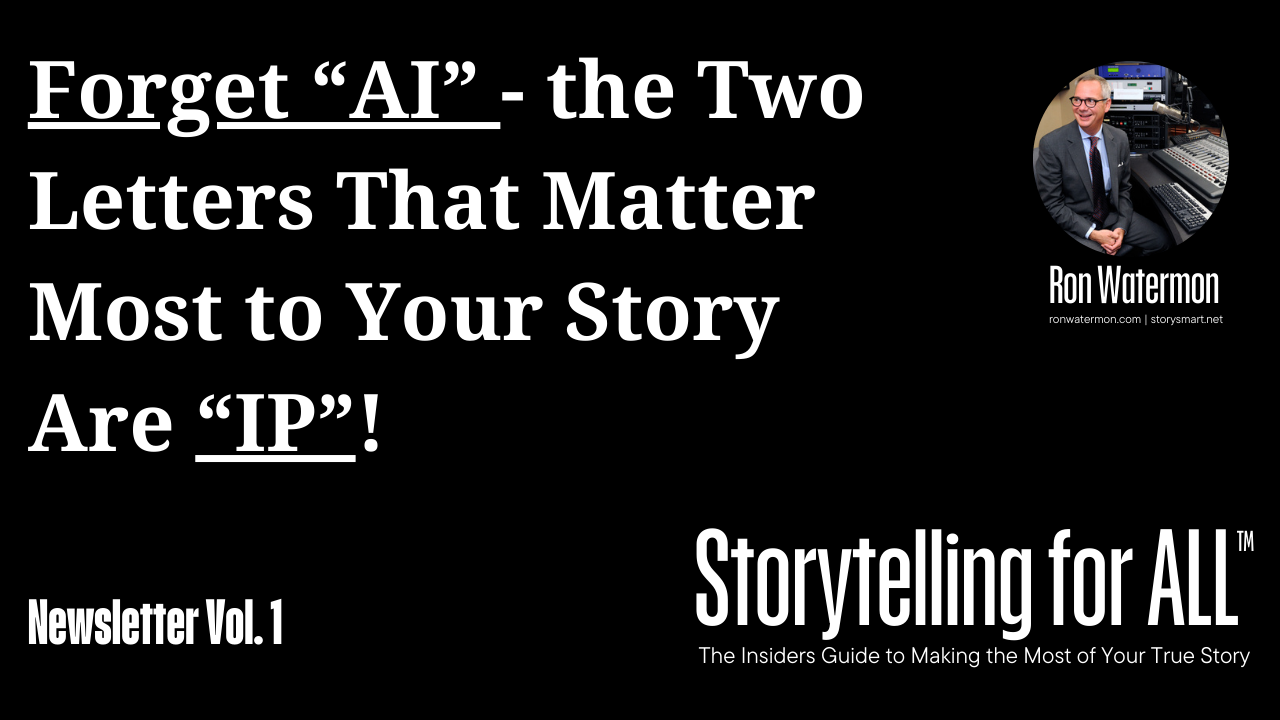FILMMAKING FOR FUNDS: Turning Your Non-Profit's Documentary into a Revenue Stream

How A Non-Profit Can Leverage Filmmaking To Create Income
Non-profit organizations are continually seeking innovative ways to raise funds and create sustainable revenue streams. While traditional methods like grant applications and donor outreach remain crucial, exploring alternative avenues for generating income is essential. One such approach that has gained traction in recent years is documentary filmmaking. When done strategically, a non-profit's documentary can become more than just a means of sharing a message; it can evolve into a profitable venture, contributing significantly to the organization's financial sustainability.
In this blog post, we will explore how your non-profit can leverage the power of documentary filmmaking to create a revenue stream. We will walk you through the steps, from conceptualization to distribution, providing you with insights and strategies to ensure your documentary project not only raises awareness but also generates income.
The Why and How of Documentary Filmmaking for Non-Profits
Why Make a Documentary?
Before delving into the "how," it's essential to understand the "why." Documentaries have a unique ability to engage and move audiences. They allow you to tell your organization's story in a compelling, emotional, and authentic way. Here are some compelling reasons to consider making a documentary:
1. Visibility: A well-crafted documentary can significantly increase your organization's visibility. It allows you to share your mission, work, and impact with a broader audience, potentially attracting new supporters and donors.
2. Advocacy: Documentaries can be powerful advocacy tools. By addressing key social or environmental issues, you can influence public opinion and policy changes, thereby indirectly benefiting your organization's cause.
3. Fundraising: Documentaries can be an effective part of your fundraising strategy. When used strategically, they can generate revenue through various channels like ticket sales, digital downloads, or licensing.
How to Make It Profitable
Turning your documentary into a revenue stream requires a well-thought-out strategy. Here are the steps to consider:
1. Define Your Objective
Begin by setting clear objectives. Are you creating the documentary primarily to raise awareness, or do you aim to generate income? Understanding your primary goal will guide your decisions throughout the project.
2. Budgeting and Funding
Filmmaking can be expensive, but it doesn't have to break the bank. Start by creating a realistic budget. Explore various funding sources, including grants, donations, and crowdfunding. Consider partnering with like-minded organizations to share costs and resources.
3. Storytelling is Key
The heart of any documentary is its story. Your narrative should be engaging, emotionally resonant, and authentic. It should connect with your target audience and move them to action. Consider hiring a skilled documentary filmmaker who understands the importance of storytelling.
4. Pre-Production Planning
A successful documentary requires careful planning. This phase involves research, scriptwriting, location scouting, and assembling your production team. The more thoroughly you plan, the smoother the production process will be.
5. Production
During the production phase, your team will capture the footage necessary to tell your story. Ensure you have the right equipment, including cameras, sound recording devices, and lighting equipment. It's also crucial to conduct interviews and gather the required visual material.
6. Post-Production
Post-production involves editing, sound design, and visual effects. This phase is where the raw footage is transformed into a compelling, coherent, and visually appealing documentary. Your editing team should have experience in crafting engaging narratives.
7. Distribution
Distribution is where the revenue generation process begins. There are several avenues to explore:
Theatrical Release
If your documentary has broad appeal, consider a theatrical release. This can generate income through ticket sales.
Streaming Platforms
Partner with popular streaming platforms like Netflix, Amazon Prime, or Hulu to reach a broader audience. These platforms offer licensing agreements that can provide a steady stream of income.
Digital Downloads
Sell digital copies of your documentary on platforms like Vimeo, iTunes, or your own website. This method allows you to reach a global audience.
Educational Institutions
Explore opportunities to license your documentary to schools, universities, and educational institutions. Educational versions of documentaries often come with higher price tags.
Screenings and Events
Organize screenings and events, such as film festivals, to generate income through ticket sales and merchandise.
8. Marketing and Promotion
To make a profit, your documentary needs effective marketing. Create a marketing plan that includes a website, social media presence, and outreach to relevant communities and influencers. Engage with your audience through compelling trailers, teasers, and promotional materials.
9. Monetize the Message
Incorporate income-generating elements into your documentary, such as merchandise sales, supplementary materials (e-books, study guides), or sponsored content. Just ensure these elements enhance the viewer's experience rather than feeling forced.
10. Measuring Success
Establish key performance indicators (KPIs) to measure the success of your documentary project. Track metrics like audience engagement, revenue generated, and the impact of the documentary on your organization's mission.
Real-World Success Stories
To illustrate how documentary filmmaking can be turned into a revenue stream for non-profits, let's look at a few real-world examples:
1. "Blackfish" (2013)
"Blackfish" is a documentary that exposes the dark side of the captive killer whale industry. The film not only raised awareness but also generated significant revenue through theatrical releases, streaming platforms, and educational licenses. The income generated contributed to funding animal welfare organizations.
2. "An Inconvenient Truth" (2006)
Al Gore's documentary on climate change not only earned critical acclaim but also earned over $50 million at the box office and even more through home video sales, making it one of the most profitable documentaries of all time. The income from the film was used to support environmental initiatives and educational programs.
3. "The Act of Killing" (2012)
This powerful documentary about the Indonesian mass killings not only sparked conversation and change but also generated income through screenings, festival awards, and educational licensing. The revenue helped fund projects advocating for human rights.
Conclusion
Turning your non-profit's documentary into a revenue stream is not just a creative endeavor; it's a strategic one. By setting clear objectives, planning meticulously, and exploring various distribution and marketing channels, your documentary can become a profitable venture.
Remember that the success of your documentary goes beyond the financial aspect. It also has the power to raise awareness, inspire change, and attract new supporters to your cause. So, if you're considering creating a documentary, approach it with a blend of creativity, dedication, and a clear strategy for both impact and income.
With the right team, a compelling story, and a well-executed plan, your non-profit's documentary can evolve into a revenue stream that not only sustains your organization but also advances your mission.
We specialize in helping clients like non-profits and museums get STORYSMART® with cinematic storytelling, documentary filmmaking, licensing, and creative monetization strategies. If you are interested in learning more, please schedule a FREE storytelling filmmaking consultation now.
About STORYSMART®
Nothing is more enduring than a beautiful film that brings a story alive on screen and in our hearts. Great stories demand nothing less than cinematic Hollywood-quality storytelling. STORYSMART® specializes in helping public figures such as professional athletes, entertainers, former elected officials and celebrities make the most of their story using a proprietary approach that blends Hollywood-style cinematic storytelling with museum-like collection curation and story-focused brand licensing.
STORYSMART® provides Hollywood Quality filmmaking and storytelling consulting services, functioning as a high-end work-for-hire ghostwriting service specializing in cinematic storytelling rather than being limited to traditional book publishing (hint - you can do both if your are smart about your storytelling derivative rights). STORYSMART® services range from story preservation digital archive services like those used by Oprah Winfrey, Bon Jovi and Billy Graham, to story development, screenwriting, licensing, and professional documentary filmmaking.
STORYSMART® is ideal for clients interested in controlling and monetizing their own storytelling through story-based media production, publishing, and merchandising.
Learn more about our customized white glove approach and book your FREE CONFIDENTIAL consultation at storysmart.net
Filmmaking For ALL™ My Own Story™ Storytelling For ALL™











